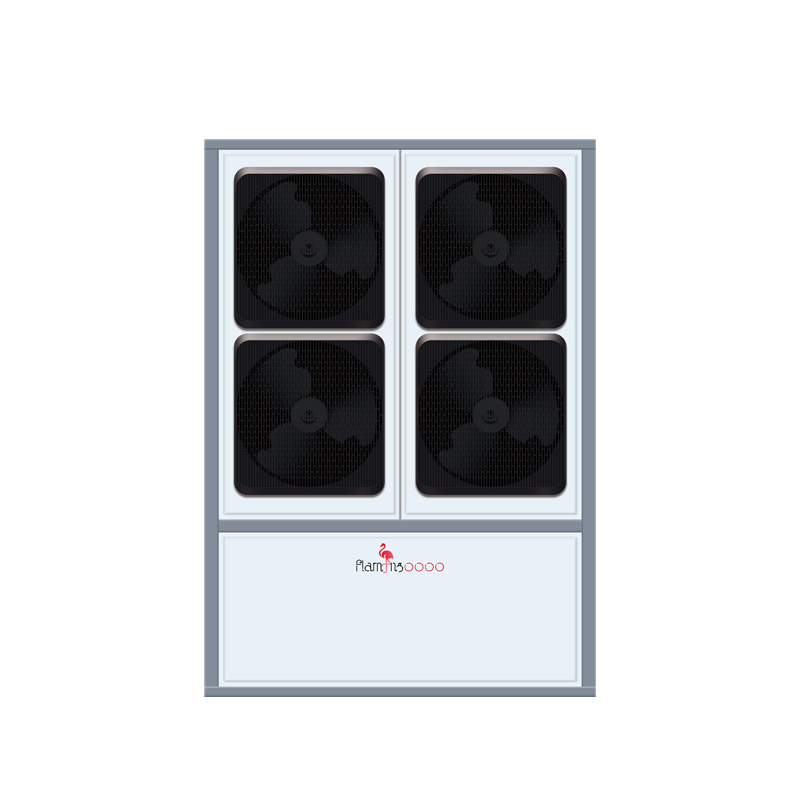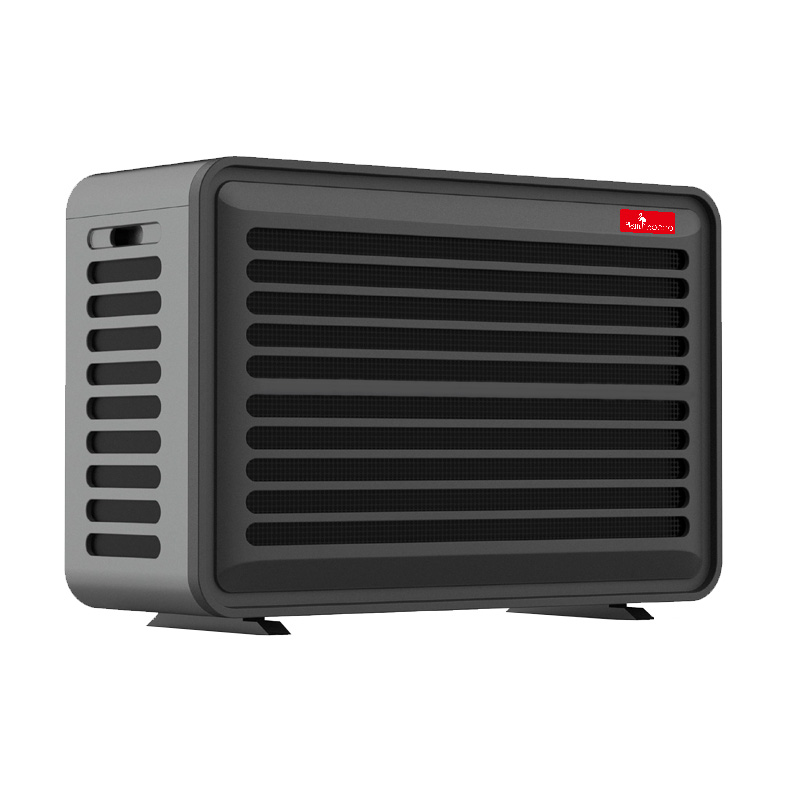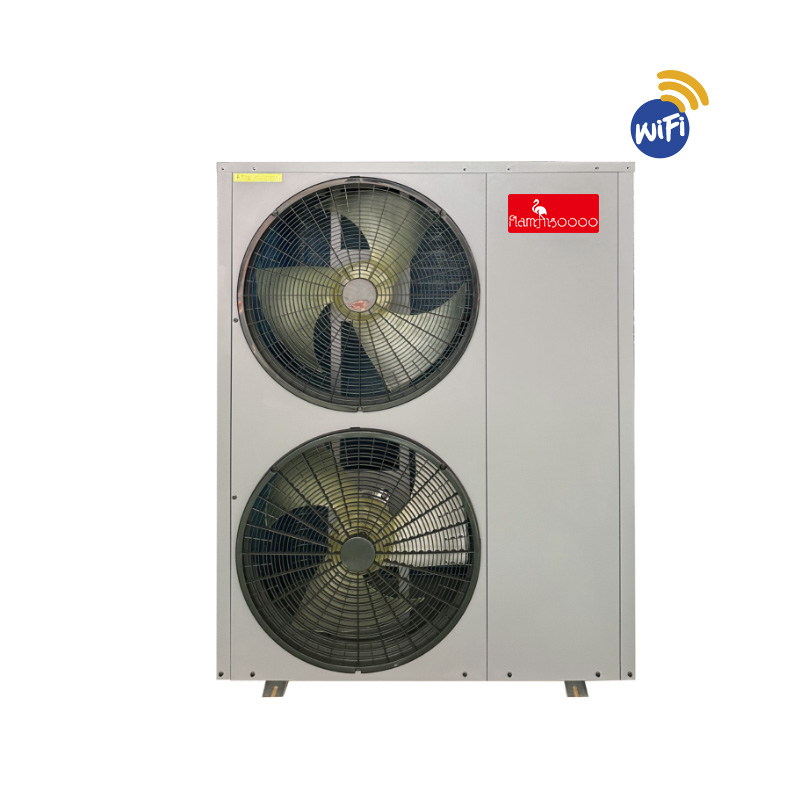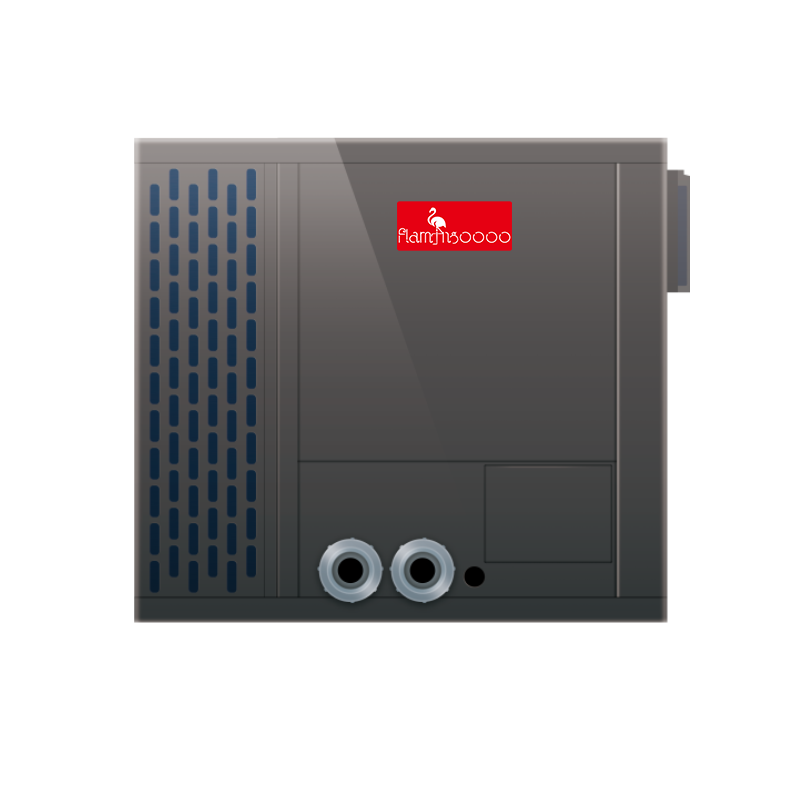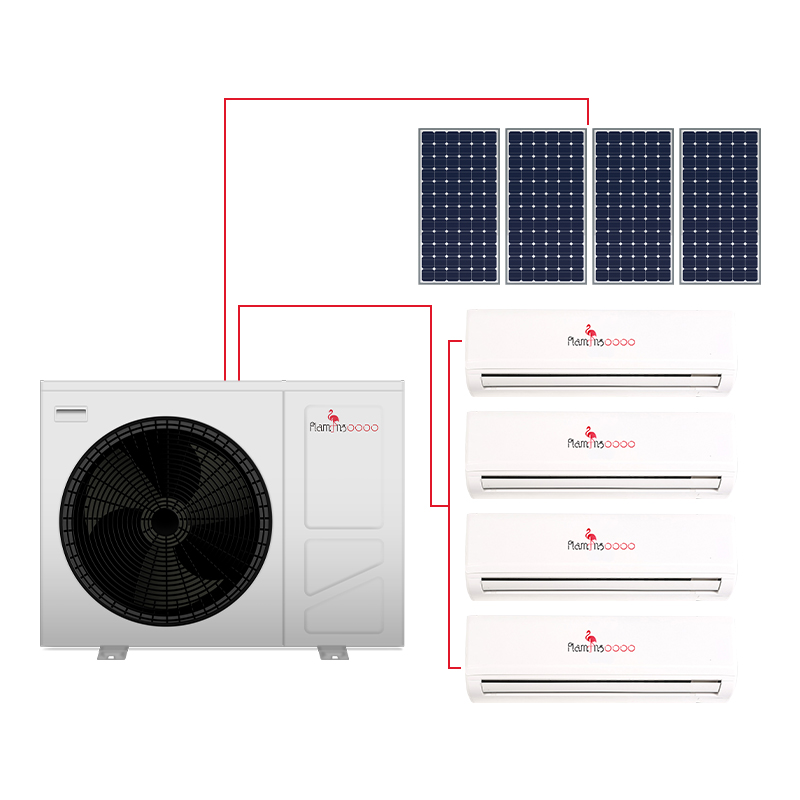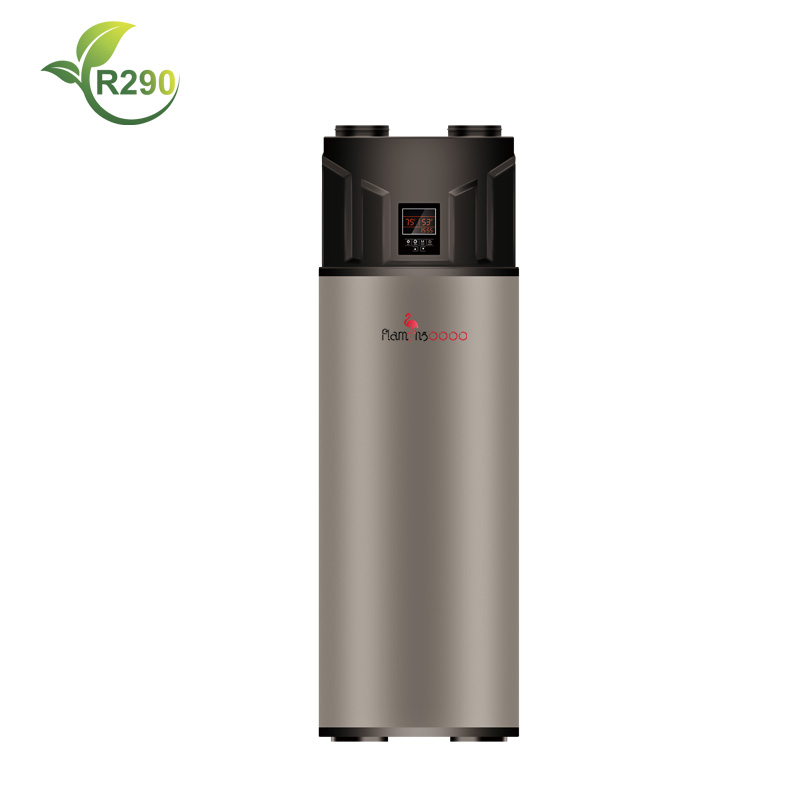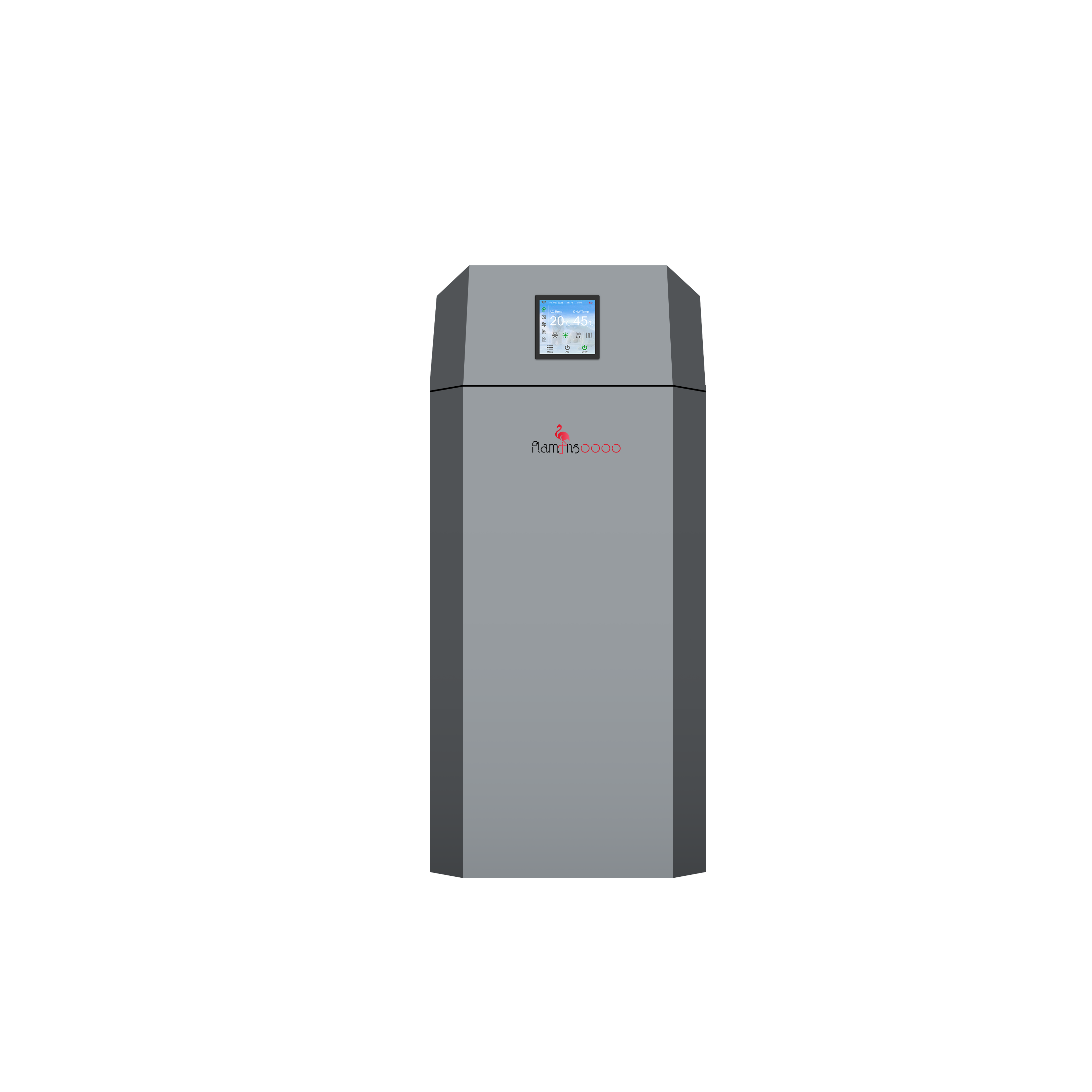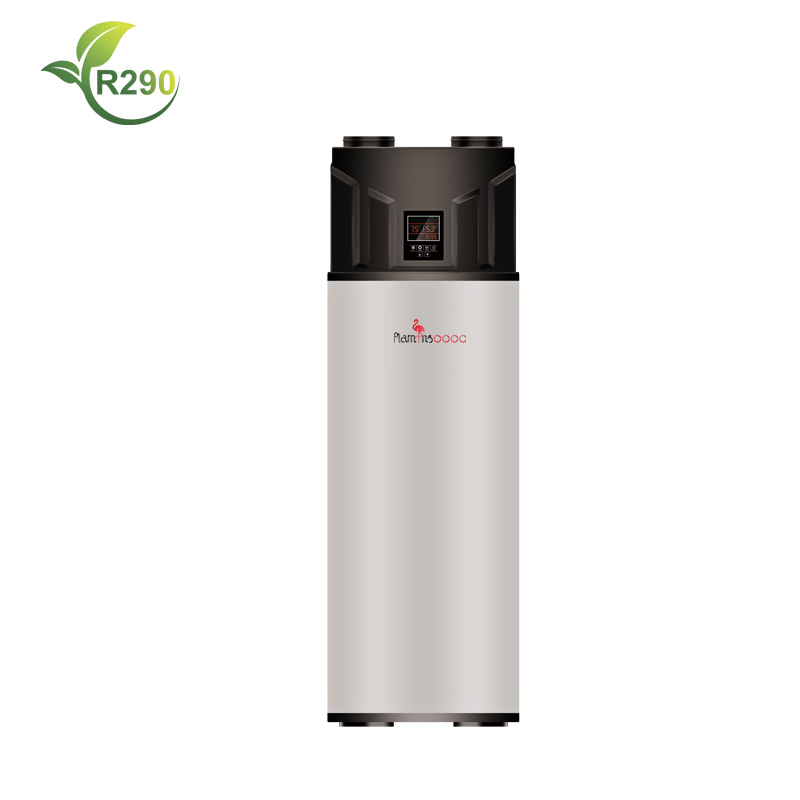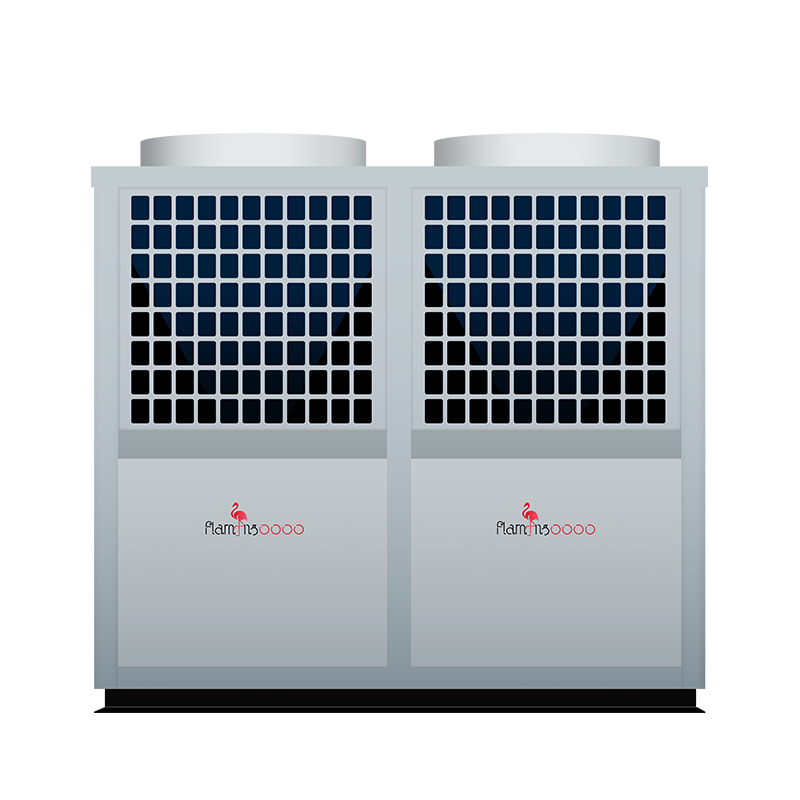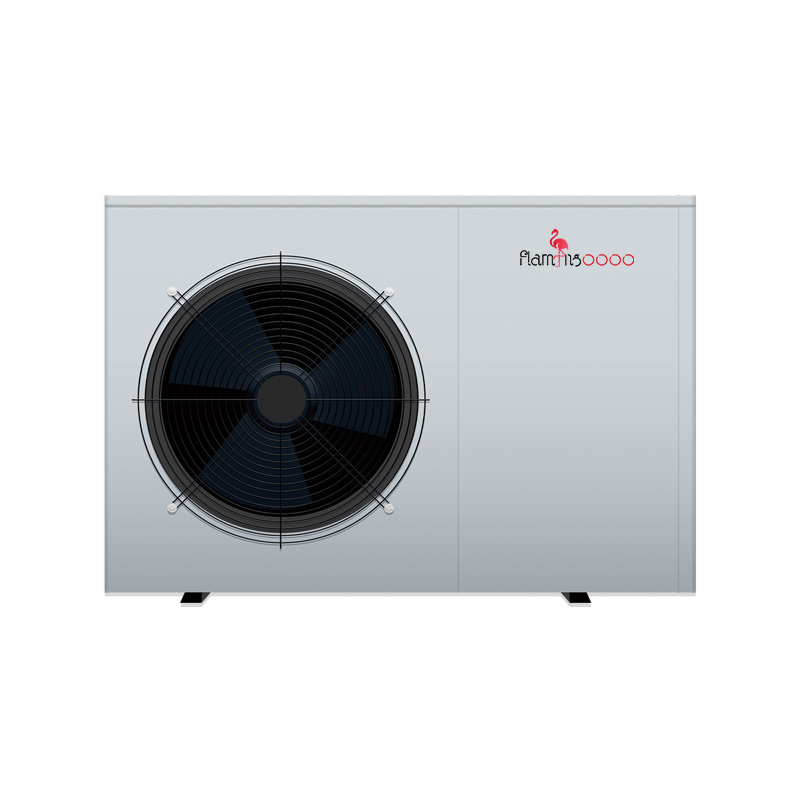How Deep Does a Ground Source Heat Pump Need to Be?
As interest in renewable energy solutions grows, ground source heat pumps (GSHPs) are becoming a popular choice for efficient heating and cooling. A common question among homeowners and businesses considering this technology is: how deep does a ground source heat pump need to be?
Understanding Ground Source Heat Pump Installation
The depth of the ground loops in a GSHP system can vary significantly depending on several factors, including the type of system, the climate, soil conditions, and the heating and cooling demands of the building. Generally, ground loops are installed between 4 to 6 feet deep, where the soil temperature remains relatively constant year-round. However, in colder climates, deeper installations may be necessary to access stable temperatures.
Types of Ground Loop Systems
There are two main types of ground loop systems: horizontal and vertical.
Horizontal Systems: These loops are typically installed at a depth of 4 to 6 feet. Horizontal systems require more land area, making them suitable for properties with ample space. The loops are laid out in trenches, allowing the heat pump to access the stable temperatures of the ground.
Vertical Systems: For properties with limited space, vertical ground loops are drilled deep into the ground, often reaching depths of 100 to 400 feet. This type of installation can be more expensive due to the drilling process, but it minimizes the land area required.
Factors Influencing Depth
Several factors influence how deep the ground source heat pump loops need to be:
Soil Type: Different soil types have varying thermal properties. Rocky or sandy soils may require deeper installations compared to clay soils, which retain heat better.
Climate: In regions with colder winters, deeper installations may be needed to access stable underground temperatures. Conversely, in warmer climates, shallower loops may suffice.
Building Load: The heating and cooling demands of the building will also impact loop depth. Larger buildings with higher energy requirements may necessitate deeper or additional loops.
Benefits of Proper Depth
Installing ground loops at the appropriate depth is crucial for maximizing the efficiency and effectiveness of a ground source heat pump system. Properly installed loops ensure consistent access to the earth’s stable temperatures, leading to improved energy efficiency and lower operating costs. When installed correctly, GSHP systems can achieve a coefficient of performance (COP) of 3 to 5, meaning they produce three to five units of heating or cooling for every unit of electricity consumed.
Conclusion
In conclusion, the depth of a ground source heat pump installation can vary based on multiple factors, including soil type, climate, and the specific needs of the building. Homeowners and businesses interested in GSHP technology should consult with experienced professionals to determine the optimal installation depth for their specific situation. As ground source heat pumps become more popular in the push for sustainable energy solutions, understanding the intricacies of their installation will be vital for maximizing efficiency and achieving long-term benefits. With the right planning and professional guidance, GSHPs can provide a reliable and eco-friendly heating and cooling solution for years to come.

